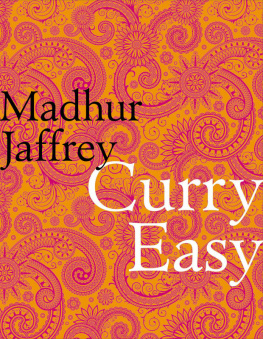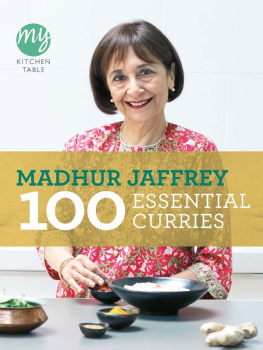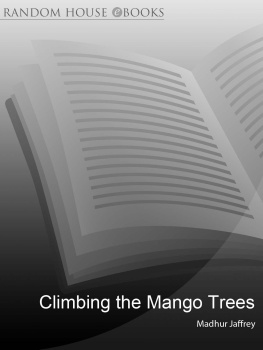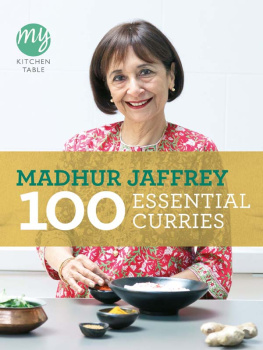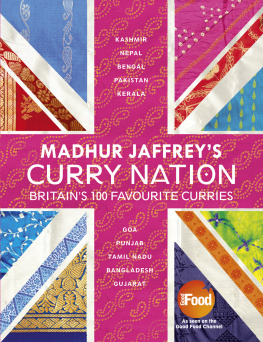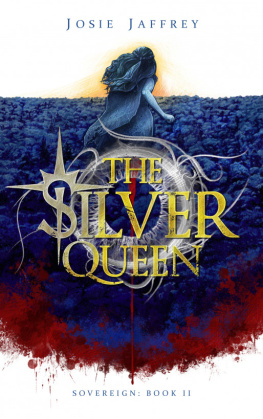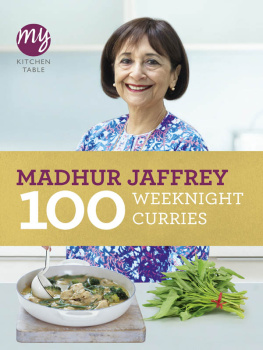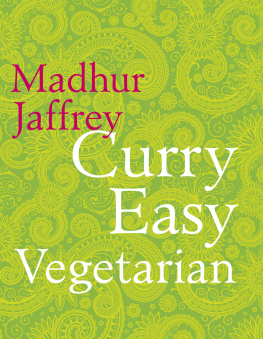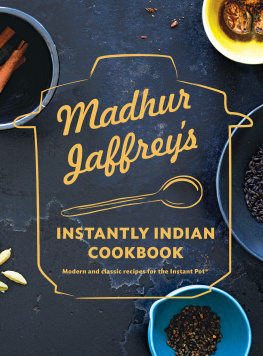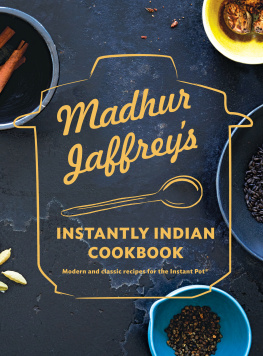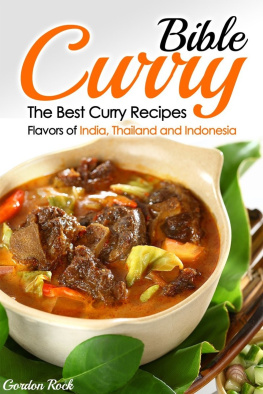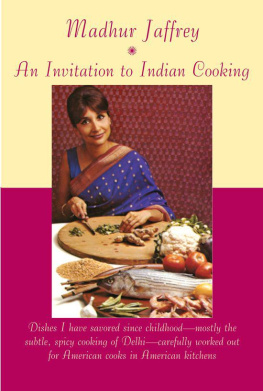Jaffrey - Curry Easy
Here you can read online Jaffrey - Curry Easy full text of the book (entire story) in english for free. Download pdf and epub, get meaning, cover and reviews about this ebook. City: London;Indien, year: 2010, publisher: Ebury Publishing, genre: Home and family. Description of the work, (preface) as well as reviews are available. Best literature library LitArk.com created for fans of good reading and offers a wide selection of genres:
Romance novel
Science fiction
Adventure
Detective
Science
History
Home and family
Prose
Art
Politics
Computer
Non-fiction
Religion
Business
Children
Humor
Choose a favorite category and find really read worthwhile books. Enjoy immersion in the world of imagination, feel the emotions of the characters or learn something new for yourself, make an fascinating discovery.
- Book:Curry Easy
- Author:
- Publisher:Ebury Publishing
- Genre:
- Year:2010
- City:London;Indien
- Rating:5 / 5
- Favourites:Add to favourites
- Your mark:
- 100
- 1
- 2
- 3
- 4
- 5
Curry Easy: summary, description and annotation
We offer to read an annotation, description, summary or preface (depends on what the author of the book "Curry Easy" wrote himself). If you haven't found the necessary information about the book — write in the comments, we will try to find it.
Curry Easy — read online for free the complete book (whole text) full work
Below is the text of the book, divided by pages. System saving the place of the last page read, allows you to conveniently read the book "Curry Easy" online for free, without having to search again every time where you left off. Put a bookmark, and you can go to the page where you finished reading at any time.
Font size:
Interval:
Bookmark:
Madhur Jaffrey


for Sanford
1 0 9 8 7 6 5 4 3 2 1
Published in 2010 by Ebury Press, an imprint of Ebury Publishing
A Random House Group Company
Text copyright Madhur Jaffrey 2010
Photography copyright Ebury Press 2010, except for pages 10, 44, 70, 106, 138, 176, 198, 223, 228, 258 Jean Cazals 2010
Photographs on pages 6 and 204 by Christopher Hirsheimer
Madhur Jaffrey has asserted her right to be identified as the author of this Work in accordance with the Copyright, Designs and Patents Act 1988
All rights reserved. No part of this publication may be reproduced, stored in a retrieval system, or transmitted in any form or by any means, electronic, mechanical, photocopying, recording or otherwise, without the prior permission of the copyright owner
The Random House Group Limited Reg. No. 954009
Addresses for companies within the Random House Group can be found at www.randomhouse.co.uk
A CIP catalogue record for this book is available from the British Library
To buy books by your favourite authors and register for offers visit www.rbooks.co.uk
Design: OME DESIGN
Photography: Jean Cazals
Food styling: Marie-Ange Lapierre
Prop styling: Penny Markham
ISBN 9780091923143

The techniques used in Indian cookery are not any different from those used the world over: roasting, grilling, steaming, frying, stewing, braising. What gives Indian cuisine its uniqueness, its tingling excitement and its health-giving properties, is the knowledgeable use of spices and seasonings, which is ancient in its provenance. It is this very use of spices and seasonings that appears daunting to many approaching Indian cooking for the first time.
My purpose in writing this book is to vanquish that fear, to make Indian dishes as simple and straightforward to prepare as, say, a beef stew, to hold your hand through the entire process with clear instructions and detailed explanations.
My own cooking has changed over the years. I am often as rushed for time as perhaps you are. I am always asking myself, is there an easier way to do this? So, over these decades, I have simplified my cooking greatly. I now try to reach real Indian tastes by using simpler methods and fewer steps. It is these newer recipes that you will find in this book. Just to give you an example: to make a proper curry called for the browning of wet seasonings, such as onion, garlic and ginger, the browning of dry spices, such as cumin, chillies and coriander, and the browning of the meat itself. Now I find that if I just marinate the meat with all the spices and seasonings and then bake it, both covered and uncovered, all the browning happens on its own, the curry absorbs the spices and is delicious.
I also searched for recipes that are simple to begin with. India has so many of those. Very often all you require is a little oil, a few whole spices and then the vegetable or fish. Saut and it is done. No fuss at all. Prawns, potatoes, peas... they can all be cooked this way.
I have also used a smaller palette of spices. There is still a good range of them because Indian food would not be as magical without them. But these days going out to look for spices and seasonings is no longer necessary as all of them are available online around the world. Yes, your fingers can do the walking! And if you are adding one spice at a certain stage of the cooking, you can just as easily add three or four or six.
Read the recipes thoroughly before starting to cook as sometimes an overnight marination is required. Also, it is a good idea to have all the preparations done and the spices measured out beforehand as seasonings might need to go into the cooking pot in quick succession. For spices that need to be ground, I use a coffee-grinder set aside for them, but a mortar and pestle will do.
The recipes in this book come mainly from India, but include the whole family of South Asian nations. What you will therefore discover within these pages are dishes such as mouth-watering . I love them all and you can make them with ease.

For most Indians, the centre of the meal is the starch, usually rice or bread, or in some cases both. Then there are all the things you eat with it. There is meat or fish (at banquets both may be served), one or two vegetables, some kind of dal (dried beans or split peas), some form of yoghurt, a salad and a selection of pickles and chutneys. Vegetarians would, of course, leave out the meat or fish. I have offered serving suggestions with some of the main dishes, but feel free to make your own choice. I have not always added the dals and relishes to these suggestions, but remember, they are the constants, present at most full meals. I have used the word dal frequently in this book. Even though dal is, technically, a dried split pea, the term is commonly used for all legumes dried beans and split peas. When Indians talk about having dined, they say, I have eaten my dal bhat (dal and rice) or dal roti (dal and bread). Dal is a very important part of the meal.
You may also serve some of the dishes in this book with Western accompaniments, or use these dishes as accompaniments to Western foods. For example, may be served with boiled potatoes and sauted spinach. Do what is easy and comfortable.
Pick out any dish in this book you wish to cook. Buy the spices for just one recipe. Don't overwhelm yourself you will find the process will be much easier than you thought and the results quite delicious.

Indians do not really eat starters. In most homes an announcement is made that lunch or dinner is ready. Everyone goes first to wash their hands and then to take their place at the table or on the floor, if that is where the food is to be consumed. Most of the food appears at the same time the meats, the vegetables, the rice or breads, the legumes, the yoghurt relishes, the salads, pickles and chutneys. At the end of the meal there is fresh fruit. There are some Indian communities, however, that do eat their meals in courses. The Bohra Muslims of Gujarat, for example, have banquets at which they alternate between salty and sweet dishes, and actually start with a pinch of salt; the Bengalis of east India and the Tamils of the south are known to have each of their courses with rice; at festive dinners Bengalis might start with rice and a crisp fritter, whereas a Tamil might begin his everyday meal with rice, some ghee (clarified butter) and a prayer.
When Indian restaurants began opening up around the world in the 1950s they were modelled on Western ones, and it was thought that some form of first course was needed. So the restaurateurs dug into Indias vast repertoire of snack foods, colonial soups, the world of kebabs and tandoori meats and came up with starters. Housewives entertaining at home, the one writing this book included, have continued along the same path, adapting whatever we possibly could to fit into this new, Western category of food.
Font size:
Interval:
Bookmark:
Similar books «Curry Easy»
Look at similar books to Curry Easy. We have selected literature similar in name and meaning in the hope of providing readers with more options to find new, interesting, not yet read works.
Discussion, reviews of the book Curry Easy and just readers' own opinions. Leave your comments, write what you think about the work, its meaning or the main characters. Specify what exactly you liked and what you didn't like, and why you think so.

